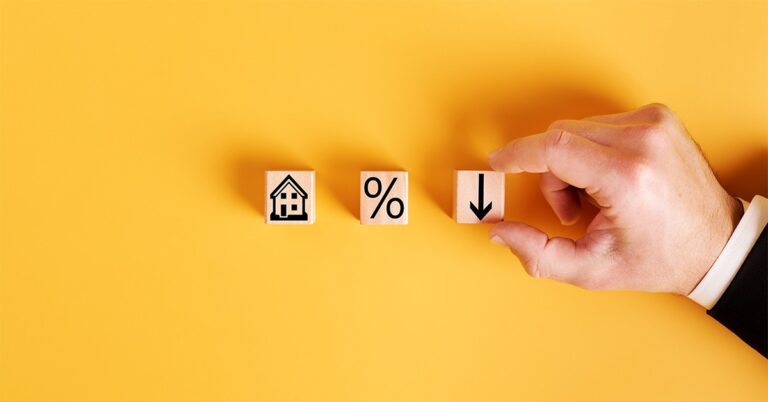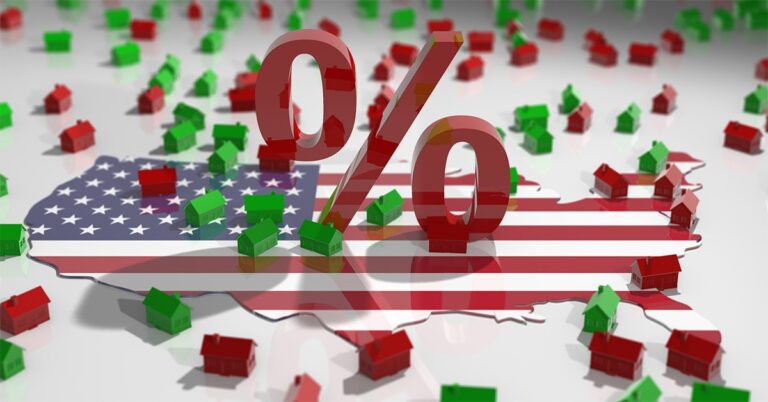Realtor.com’s recent report that millennials now top the mortgage market for dollar volume of loans originated confirmed something that many people knew was coming.
The millennial mortgage takeover is finally here.
Evidence has been steadily, if slowly, mounting for the last couple of years. Millennials passed their Generation X counterparts in January 2017 as the age group responsible for the most new mortgages. By the end of 2018, the millennial share of newly originated loans had risen to 45 percent, compared to 36 percent for Gen Xers and 17 percent for baby boomers.
But in terms of new loans by dollar volume, Generation X held onto the crown until this past November, when millennials finally took the mantle, outpacing their slightly older peers 42 percent to 40 percent. (Baby boomers accounted for a 17 percent share).
According to Realtor.com’s report — based on a sample of mortgage loan originations from Texas-based digital marketplace Optimal Blue — this latest development indicates that millennials are showing more willingness than other generations to take on larger loans in order to achieve homeownership.
This isn’t to say that affordability is no longer the primary driver of millennial homebuying decisions. But this generation is adapting by purchasing in more affordable markets, where their dollar is going further.
“Millennials are getting older, with better jobs and deeper pockets, allowing them to expand their collective purchase power and, hence, their footprint in the market,” said Javier Vivas, Realtor.com’s director of economic research.
Optimal Blue’s data is corroborated by observations from Ellie Mae, which maintains an online Millennial Tracker that studies millennial mortgage application trends.
“The big thing that we’ve anticipated and we’re starting to see happen now is based around the age of 29,” said Joe Tyrrell, executive vice president of corporate strategy for Ellie Mae. “Between 1990 and 1995, there was an average of 4 million births per year in the United States. If you also take into account the last half of 1989 and the first half of 1996, you have somewhere around 24 million millennials who are starting to hit the age of 29. We have seen in all of our data that this is the average age when they really start focusing on homeownership and entering the mortgage market.
“We’re not surprised that we’re now starting to see a lot of increases in percentages across the U.S. and across specific MSAs.”
The surprise may lie where those MSAs are. Millennials are typecast as big city dwellers who flock to large coastal metros, but their buying trend toward suburbs and inland markets has been well-publicized of late. Optimal Blue’s data is revealing that the trend is accelerating.
“The stereotype that millennials primarily choose to buy homes and live in large metro areas isn’t the reality,” said Vivas. “Results show millennials’ expansion is more heavily conditioned by affordability than in prior years, so their eyes are set on less traditional secondary markets where homes and jobs are now available and plentiful.”
This is reflected in the Realtor.com report’s ranking of top millennial markets, where millennials generate more than half of new mortgages in the market and their share grew by more than 4 percent. Buffalo, New York, tops the list, while the rest of the top 10 is mostly populated by other inland secondary metros — so-called “18-hour cities” like Pittsburgh, Milwaukee, Cincinnati, St. Louis, Indianapolis, Cleveland and Columbus, Ohio.
Millennials are also exploring the next tier of small cities and large towns to find affordability.
“Where we’re seeing the most activity is in the areas that have a good inventory of affordable houses,” said Tyrrell. “We’re seeing this in places like Texas, Minnesota, North Dakota and Wisconsin. In certain parts of Iowa and Pennsylvania, almost 70 percent of the loans being closed are by millennials.
“We live in a virtual world and an economy where a lot of these millennials don’t have to live in an urban area to work for major companies,” he continued. “They’re able to commute virtually. It gives them a lot more freedom to find housing within their means or to stretch their dollar.”
Young buyers are citing new motivations for wading into homeownership outside major and mid-major metros.
“One of the things that’s interesting is we’ve been focused on family formation and marriage as a reason for homebuying, and that’s still the primary driver,” Tyrrell said. “But we’re also seeing other reasons. There’s an interesting trend we’ve been tracking that millennials are actually looking to buy homes because of their pets.
“Take dogs, for example. U.S. Bank recently did a commercial for homeownership where they showed almost no faces of people. It was all about the dogs and how depressing it was for dogs to find a place to play and run and go to the bathroom in the city. It’s got 1.5 million views on YouTube because it’s resonating with people.”
One metric in which millennials still lag behind older cohorts in Optimal Blue’s data is downpayments. While members of prior generations have been able to put down more money in response to escalating home prices, millennials haven’t been able to shift the needle as much. Since 2015, millennials have consistently made lower downpayments than other generations. Millennials, for example, made an average downpayment of 8.8 percent this past December, compared to 11.9 percent for Generation X and 17.7 percent for baby boomers, who often have more built-up equity.
Millennials also still typically buy less expensive homes, with a $238,000 median purchase price. Gen Xers and baby boomers have median purchase prices of $289,000 and $264,000, respectively.
Part of that variance is because young buyers usually enter the market at starter-home prices, but Realtor.com’s study suggests that millennials also are increasing their purchase prices at a higher pace than the cohorts before them.
“The median price of a mortgaged home purchased by millennials rose by 4.8 percent over the past year, compared to 3.7 percent for Generation X and 3.5 percent for baby boomers, said Sabrina Speianu, Realtor.com’s senior economic research analyst. “This rate of growth has been consistently higher since May 2014 as millennials begin to bridge the gap in purchase prices.”
Speianu noted that millennials’ purchase-price growth is slowing, however.
“The rate of growth has been decreasing from its peak of 9.2 percent in March 2015,” she said. “If this deceleration continues, it could be an indicator of millennials getting close to an age and life stage-appropriate ‘ceiling’ price.”






